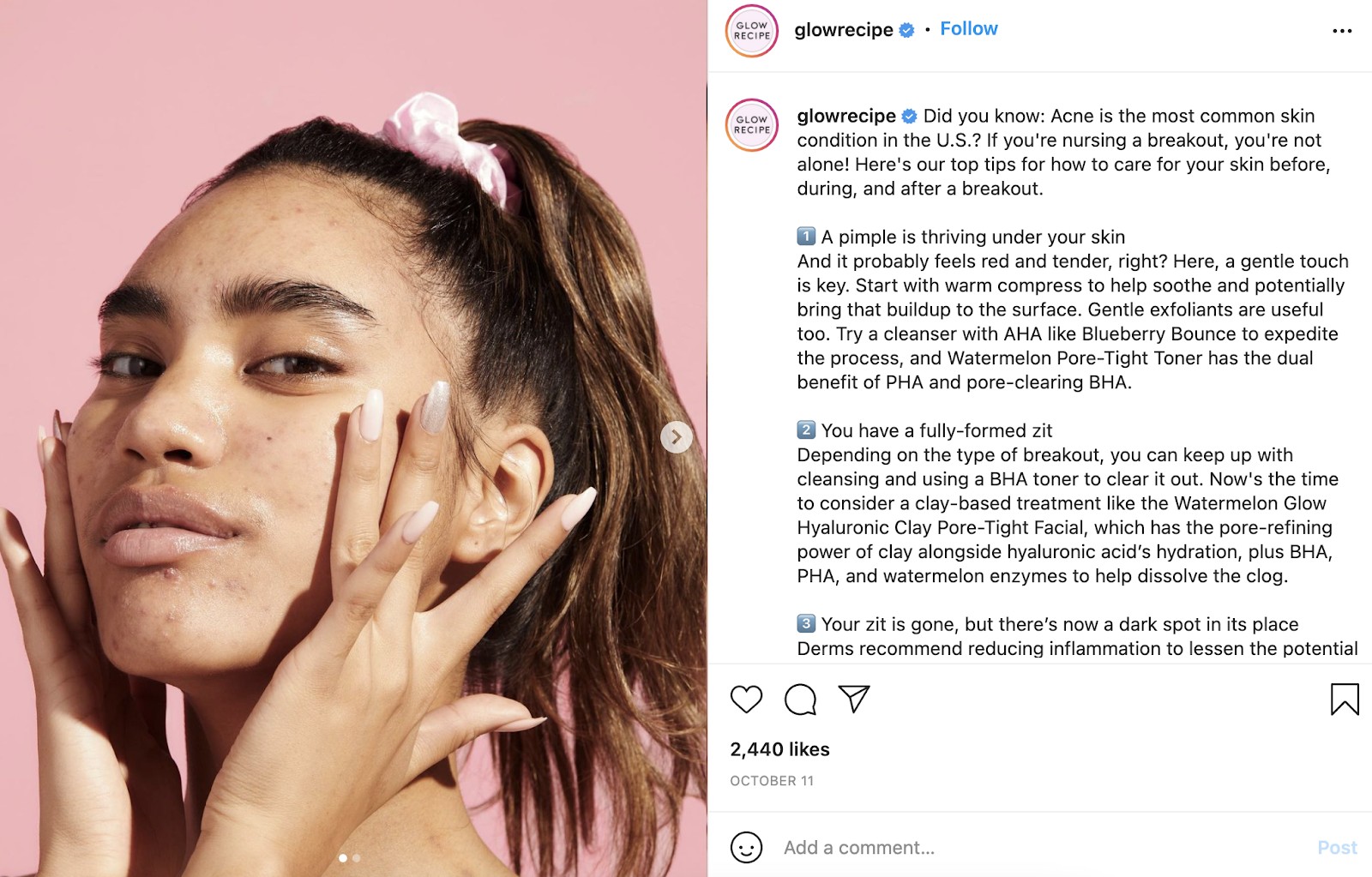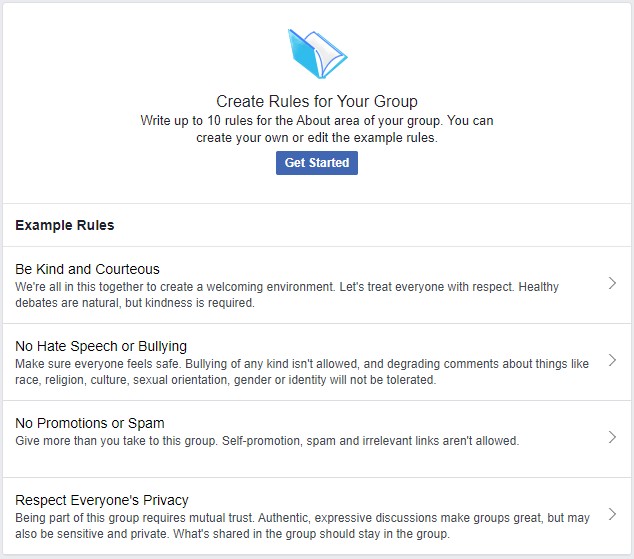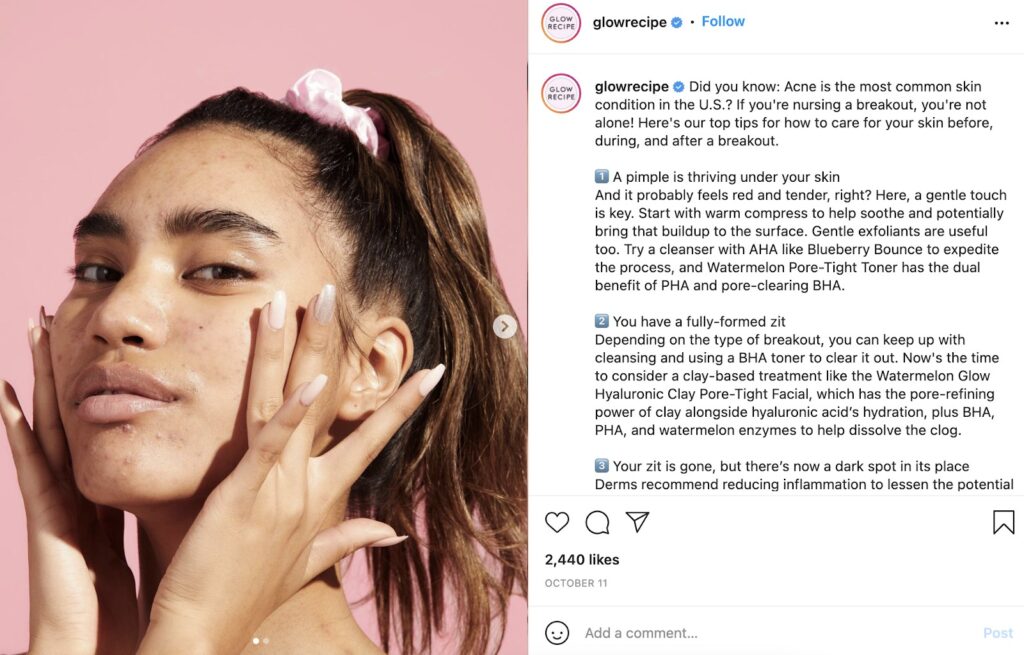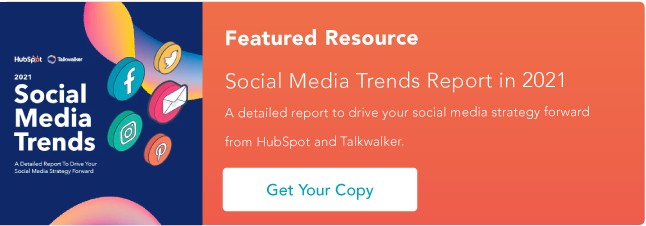What's better — 1,000 Instagram followers who engage with your brand, or 1 million followers who don't?
Ultimately, the goal of social media is to generate revenue. If your followers don't engage with your posts, they won’t engage with your business.
Communities are critical because they promote engagement. They're incubators for brand awareness, loyalty, and trust. But they're also a dime a dozen, so marketers need to refine their approach to building and leveraging them correctly.
Let's explore more about social media communities, their benefits and challenges, and where brands will invest their resources in 2022.
Are Brands Investing in Social Media Communities?
The Hubspot Blog surveyed 1,067 global marketing professionals working in B2B and B2C companies to determine which trends they leverage, the channels they use, and their plans for 2022. Here's what we found:
Social Media Community Trends
- 64% of marketers plan to invest in social media communities in 2022.
- More than half of respondents (51%) plan to build more social media communities in 2022.
- The biggest challenge marketers face with social media communities is actively managing members.
- 89% of marketers who leverage Facebook plan to increase their investment in 2022.
- 83% of marketers plan to increase their investment in Facebook Live Audio in 2022.
- 44% of marketers plan to leverage Facebook Stories for the first time in 2022.
- More than half of marketers (58%) plan to increase their investment in Instagram Reels in 2022, closely followed by Instagram Live (57%).
- Almost half of respondents (49%) plan to leverage Instagram Reels for the first time in 2022.
- 73% of respondents rank Instagram as the best platform for influencer marketing.
- 79% of respondents plan to increase their investment in Twitter Spaces in 2022.
- 65% of respondents report live audio chat rooms, like Twitter Space, as one of the most effective formats on social media.
YouTube
- 44% of marketers plan to leverage YouTube for the first time in 2022.
- 83% plan to increase their investment in YouTube Shorts in 2022.
TikTok
- 66% of marketers report TikTok as the most effective social media platform for video.
- More than half of respondents (52%) plan to increase their investment in TikTok in 2022.
- 85% of marketers rank short-form videos, like those on TikTok, as the most effective type of social media content.
Social Media Community Benefits
As I mentioned, it's not enough to have a large social media following — you also need an engaged community. Here are a few reasons why:
1. They are vehicles for personal recommendations.
In a sense, every member of a social media community is a micro-influencer, sharing real experiences and opinions that can influence other members. This is worth mentioning since nearly nine out of ten consumers read reviews before buying a product.
Customers who love your brand want to talk about it. They want to share reviews and pass on advice, and communities give them a place to do that.
But what about bad reviews? As an active participant in your community, you have a great opportunity to resolve any issues or complaints. And since members are already invested in your brand, they're more apt to find solutions with you.
2. They can cut costs.
Active, self-sustaining communities can become hubs for customers to ask and answer questions, which alleviates pressure on customer support teams. They can also reduce support costs — one study found it was 72% cheaper to answer a question via a community than to submit a ticket to a support team.
Communities can also reduce your ad spending. Here's a crazy stat — in 2022, ad spending in the US will likely cross the $200 billion mark. Brands with active communities can spend less on social media advertising because they can reach customers in an owned space for free.
3. They create active participation with your brand.
We've all heard the statistic — it's cheaper (and arguably easier) to retain customers than to convert new ones. This is why brand advocacy and retention are critical to any marketing strategy.
Brands can strengthen relationships with members in their communities by encouraging active participation — with polls, surveys, contests, and user-generated content, to name a few. In essence, what was once a transactional relationship is now an active conversation. And every active engagement brings customers closer to your brand.
4. They offer insight into your consumers.
The most productive communities are strategically designed to spark conversations. You can take full advantage of these conversations by tracking common complaints, ideas for improvement, and unique ways they’re using your products to solve problems.
When you make a change based on member feedback, remember to let your community know. People love to know you're listening and taking their suggestions seriously.
Building a Social Media Community
You're probably familiar with the adage, "Rome wasn't built in a day." The same is true of social media communities.
Here are a few tips for building a thriving community:
1. Remember that communication = community.
If you want to build a thriving community, you can't expect your customers to always start the conversation. You have to do the heavy legwork to post content, ask questions, respond to comments, and keep communication lines open.
While you don't need to be the center of the conversation, your members should know you're there.
2. Focus on the audience first, brand second.
Social media communities are valuable tools for self-promotion — but if that's all you're using them for, you'll eventually drive customers away.
Effective communities provide value. They educate, entertain, and solve problems for the audience. In other words, if you want to build a real sense of community, you need to provide value with the content you create or share.
Check out how Glow Recipe, a skincare brand, provides value by offering tips for healthy skin while subtly promoting their products:

(Image source)
4. Feature user-generated content.
A great way to boost engagement within a community is to encourage user-generated content. This is any content — like text, videos, or reviews — that your members create, which you can then share across your social communities.
Peloton does an excellent job featuring user-generated content by highlighting customer stories and fitness milestones. Not only does this give the audience a voice, but it also encourages members to share their stories and testimonials — effectively fueling word-of-mouth marketing.
4. Make your community findable.
It's hard — almost impossible — to build a community if people aren't aware it exists. Here are a few ways to spread the word:
- Embed social icons on your website
- Invite family, friends, and colleagues to follow and share your community
- Use hashtags to expose your content to new audiences
- Cross-promote your community on different channels
- Run exclusive giveaways or discounts for community members
5. Don't let your community collect dust.
Consistency is an important ingredient in successful social media communities. If you let your accounts collect dust, members will abandon ship. When planning ahead, it's a good idea to create a content calendar and publishing schedule. And if your brand is juggling a variety of different platforms, check out HubSpot's social media management tools.
Challenges of Building a Social Media Community
Running a social media community is similar to hosting a party — you're in charge of the entertainment, creating a pleasant atmosphere, and keeping conversations friendly. That's a lot of responsibility. Luckily, you're also in control of the guest list.
When it comes to managing your members, start by establishing clear rules and guidelines for your community. This deters any troublemakers from joining and helps prevent future conflict.
For example, Facebook offers a variety of customizable rules that users have to accept before joining a Facebook Group. This is one way to pre-moderate a group without doing any work. Check out the rules below:

The next step is to follow through. When you see members veering from community guidelines, take appropriate action — whether that's sending a private message to a user or removing them altogether. This alerts other members that you care about the culture in your group.
To help with this process, you may want to designate someone on your team to moderator your community. Or, hire a community manager or online moderation partner such as Hive Moderation or SupportNinja.
Another challenge is measuring the ROI from your community. In other words, are your community-building efforts paying off? For instance, you may have high engagement levels in your community, but your conversion rate is stuck at 0%.
Before doing anything else, ask yourself — how do I want my community to contribute to my businesses? Is it customer engagement? Retention? Product adoption?
Next, you’ll want to identify a few metrics that you can measure your goals against. They should be community-specific and directly related to community activities — such as click-through rates, sign-up rates, or engagement rates.
You can take this one step further by tracking the same KPIs for both community members and non-members, and then comparing the performance between the two. For instance, you may discover a 30% higher product adoption among community members than non-members.
Final Thoughts
By building a social media community, you can turn transactional relationships into meaningful ones, and offer a place for customers to share, collaborate, learn, and provide feedback. But building one is no easy feat, so determine your goals, develop a strategy, and get ready to start the conversation.


